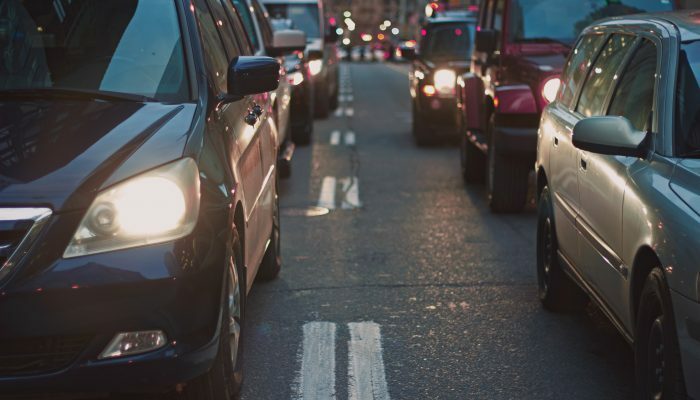
In 2019, Essex County Council didn’t declare a climate emergency, the Authority instead went further by committing to a significant and sustained programme of climate action. The first step of this was to establish the independent Essex Climate Action Commission and invite academics, industry experts and business representatives to join. I have the privilege of chairing this group, working on our brief of developing ambitious and transformative recommendations to ensure Essex becomes carbon zero by 2050.
This is not a unique challenge – every county in the country is facing this – however the landscape in Essex makes it even more complex. Essex is a rural county which borders both the sprawl of the capital and the more rural counties of Suffolk and Cambridge. It has the largest coastline in the country. We have three major ports, two airports, 58 railway stations, eight tube stations and around 5,000 miles of road. Nearly 50% of CO2 emissions are from transport, yet as a rural county, the car will always have to be part of any transport solution.
So how do we manage this disconnect?
Well – to return to first principles – we either reduce the use of transport or we make the transport that we do use more efficient. We need to stop building roads for carbon emitting cars and start building Safer Greener Healthier solutions for people.
The Commission’s transport workstream has developed ten initial recommendations on this, from increasing the use of electric vehicles to designing school streets – streets with temporary restrictions on traffic at school drop-off and pick-up times. All ten are important but three – increasing active travel – walking and cycling, rebuilding public transport and designing a dedicated behaviour change programme – will ensure Essex is at the forefront of greener transport.
The Commission calls on Essex to invest in creating a network of sustainable transport routes – walking, cycling and bus – underpinned by a behaviour change programme which makes more environmentally friendly options easy, normal, affordable and eventually, the default. But we would have a lot of work to do to achieve this.
Essex’s cycle network is good but piecemeal and has seen minimum investment. Government-led funding initiatives have historically prioritised the road network, forcing local authorities to not focus on alternatives. Thankfully, the recent Active Travel funding from the Department for Transport marks a change in this thinking and I am delighted that Essex received the highest level of funding of any county council. This will be used to build transformational active travel schemes in five locations, offering a real alternative to the car.
Alongside this, we need significant and strategic investment in the bus network. We need buses which are frequent, affordable and punctual, and go to the places residents want to go – and when they want to go. We need a solution which works for urban and rural locations – which is flexible and responsive – and integrates with other forms of transport.
Such measures require funding, so we need to be brave. We need to stop asking the difficult questions and start implementing. We need to reconsider who is using our roads and prioritise buses, creating dedicated lanes where each double decker takes 70 cars off the road. But most of all – we need to address the long-held belief that the ‘car is king’. In a rural county like Essex, the car is still important – (in fact the Council is just kicking off its electrification strategy) – but it’s no longer royalty. To achieve carbon zero by 2050, we need to incentivise active travel, build back public transport such as the bus and discourage unnecessary car use. Or to stretch the analogy, we need to be courageous enough to play the game differently.
About the Author
This post was written by Lord Randall. Lord Randall of Uxbridge is Chair of the Essex Climate Action Commission
